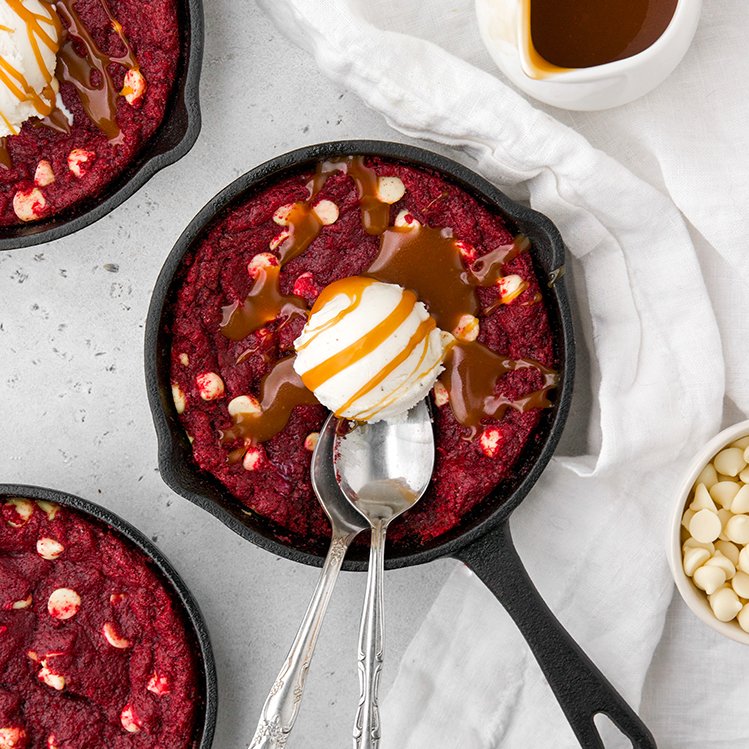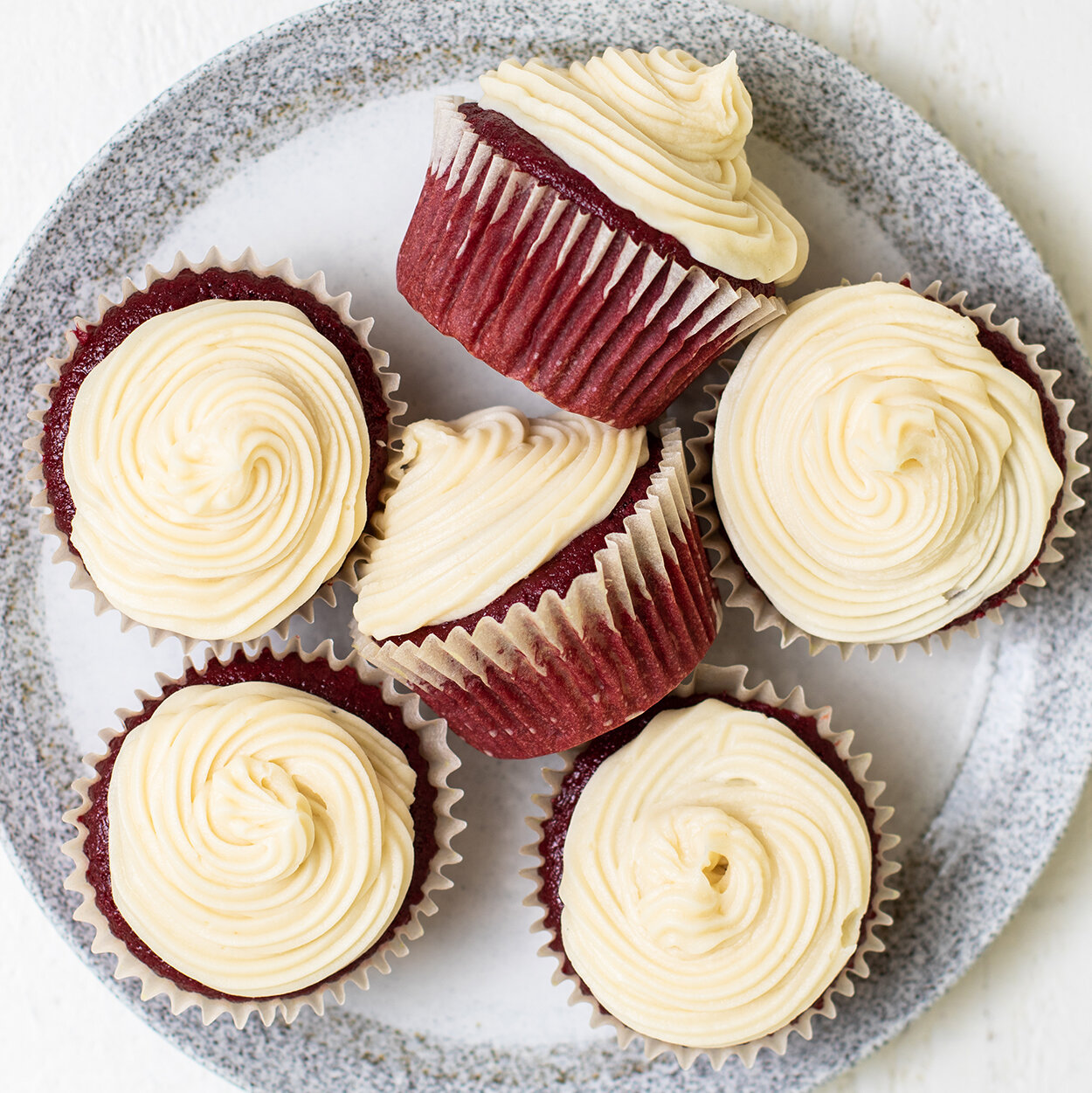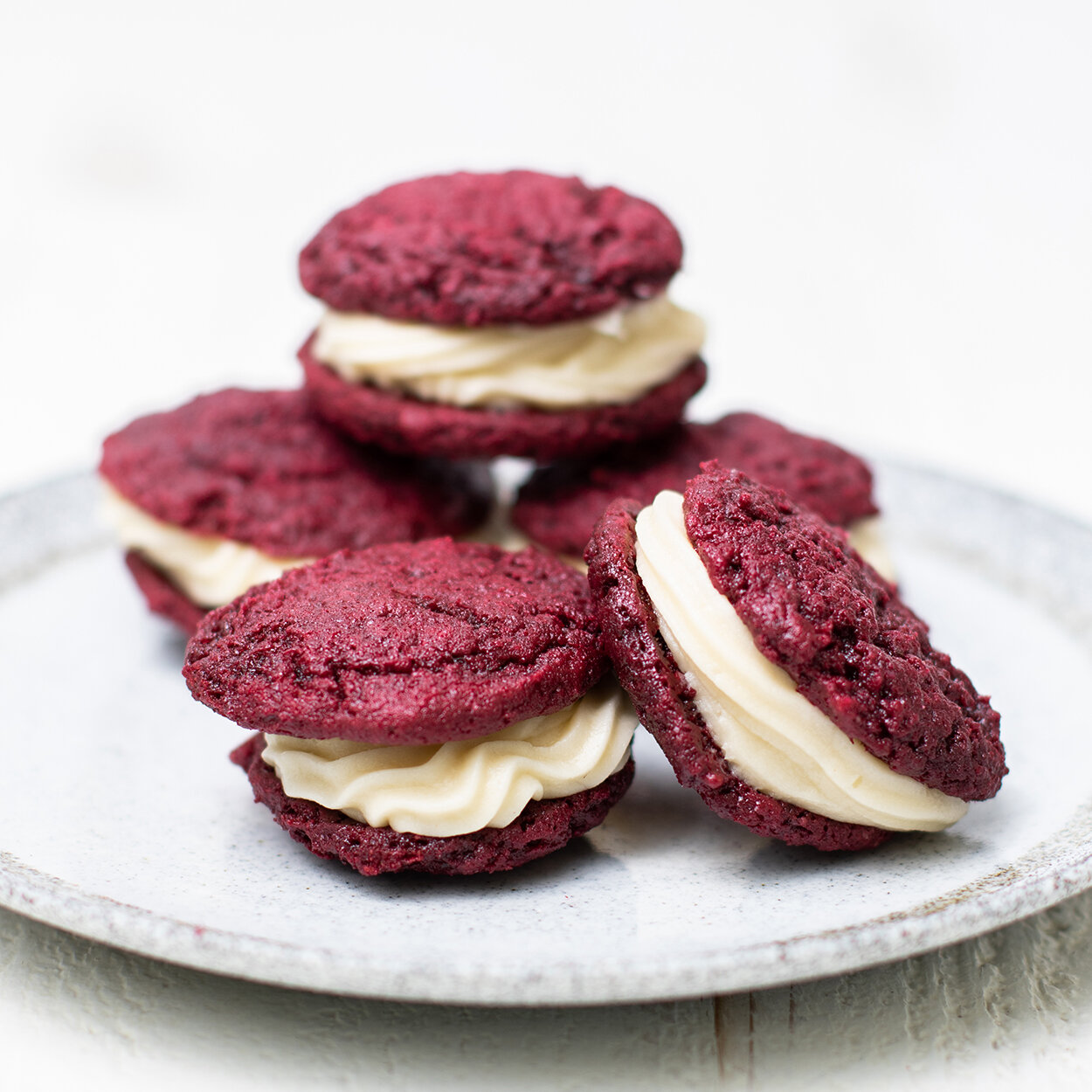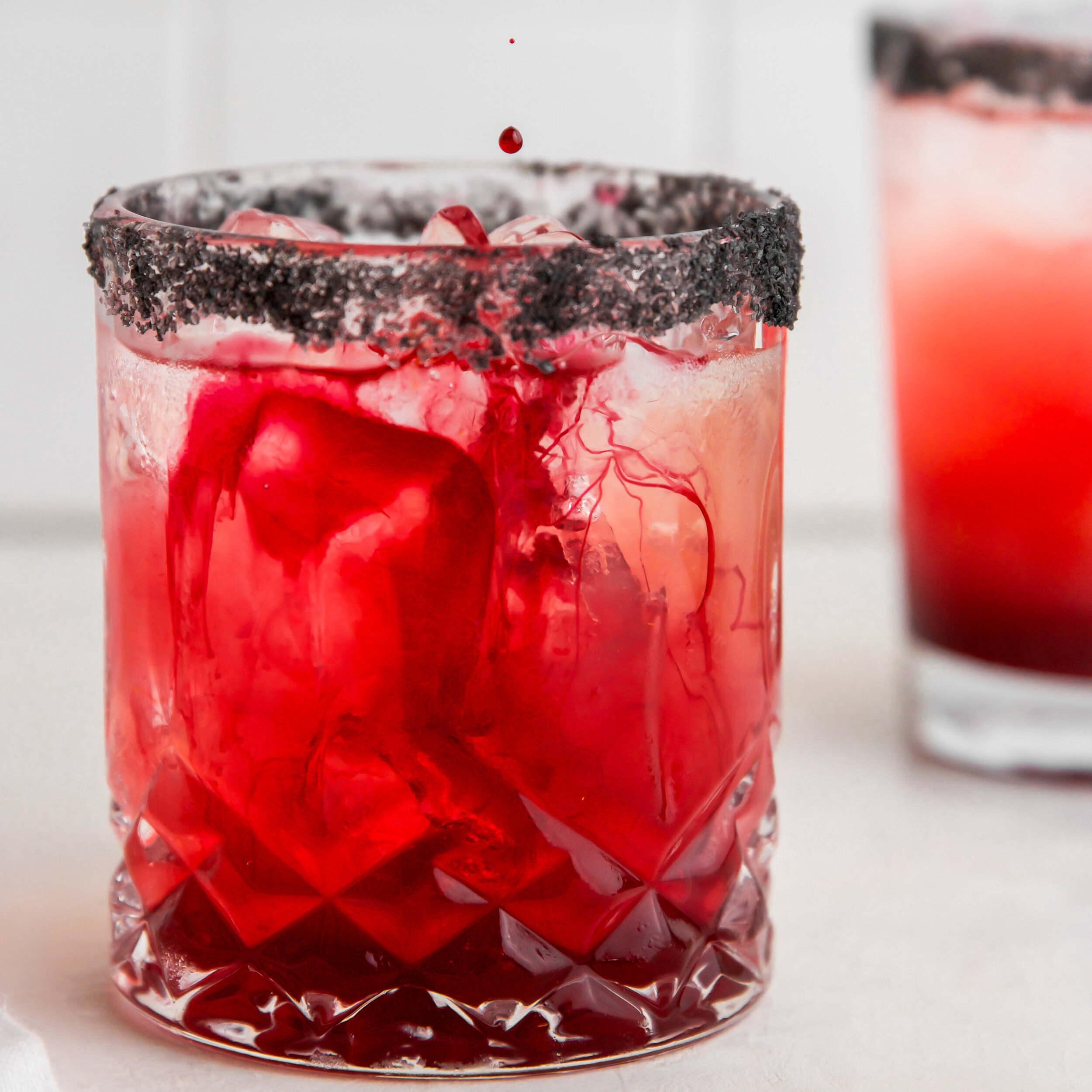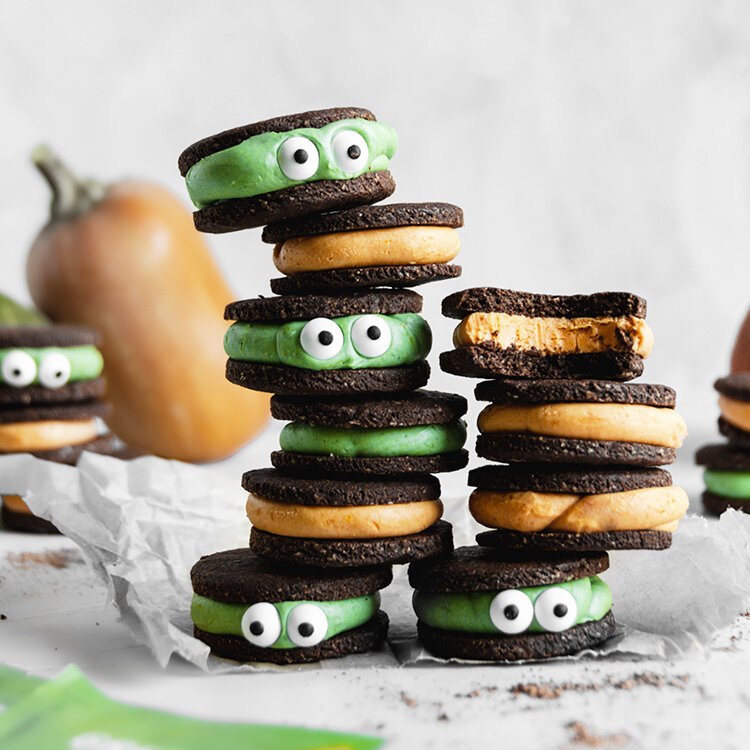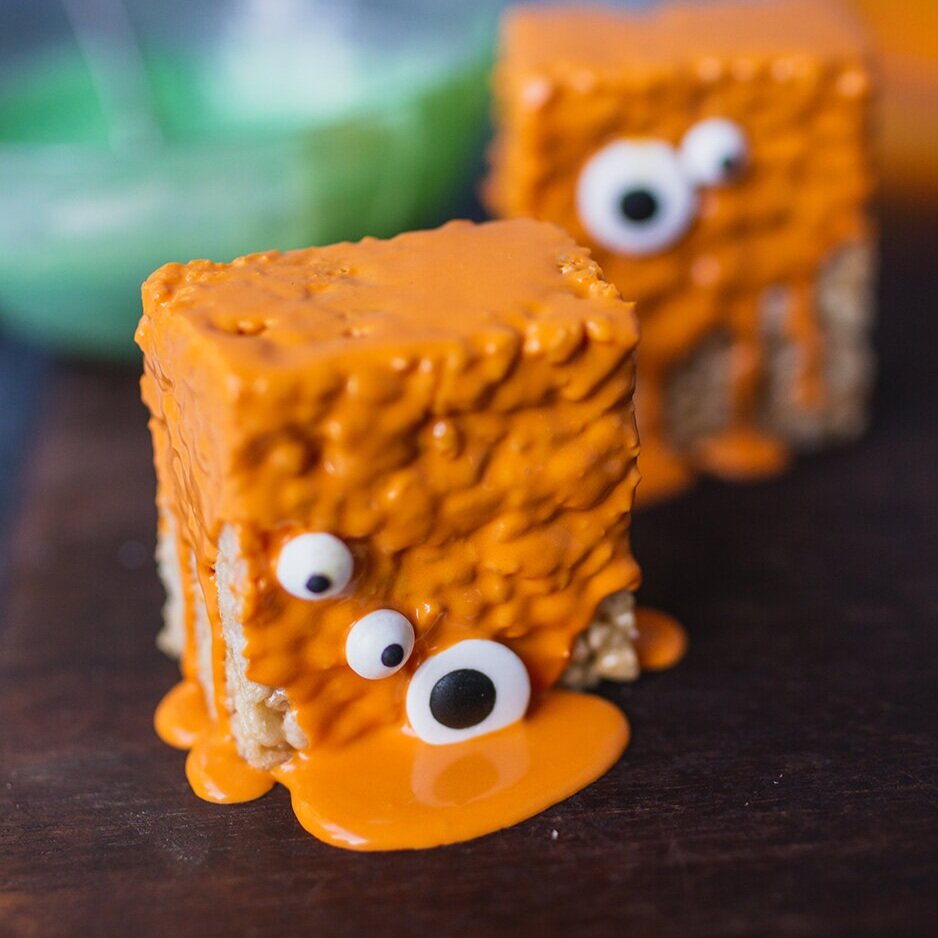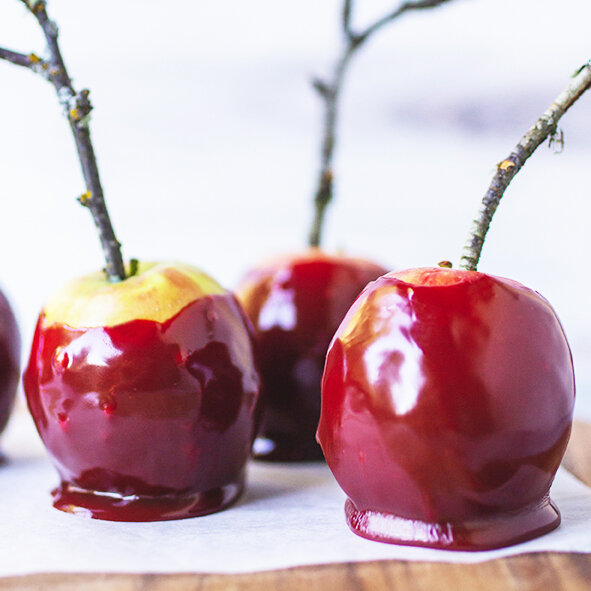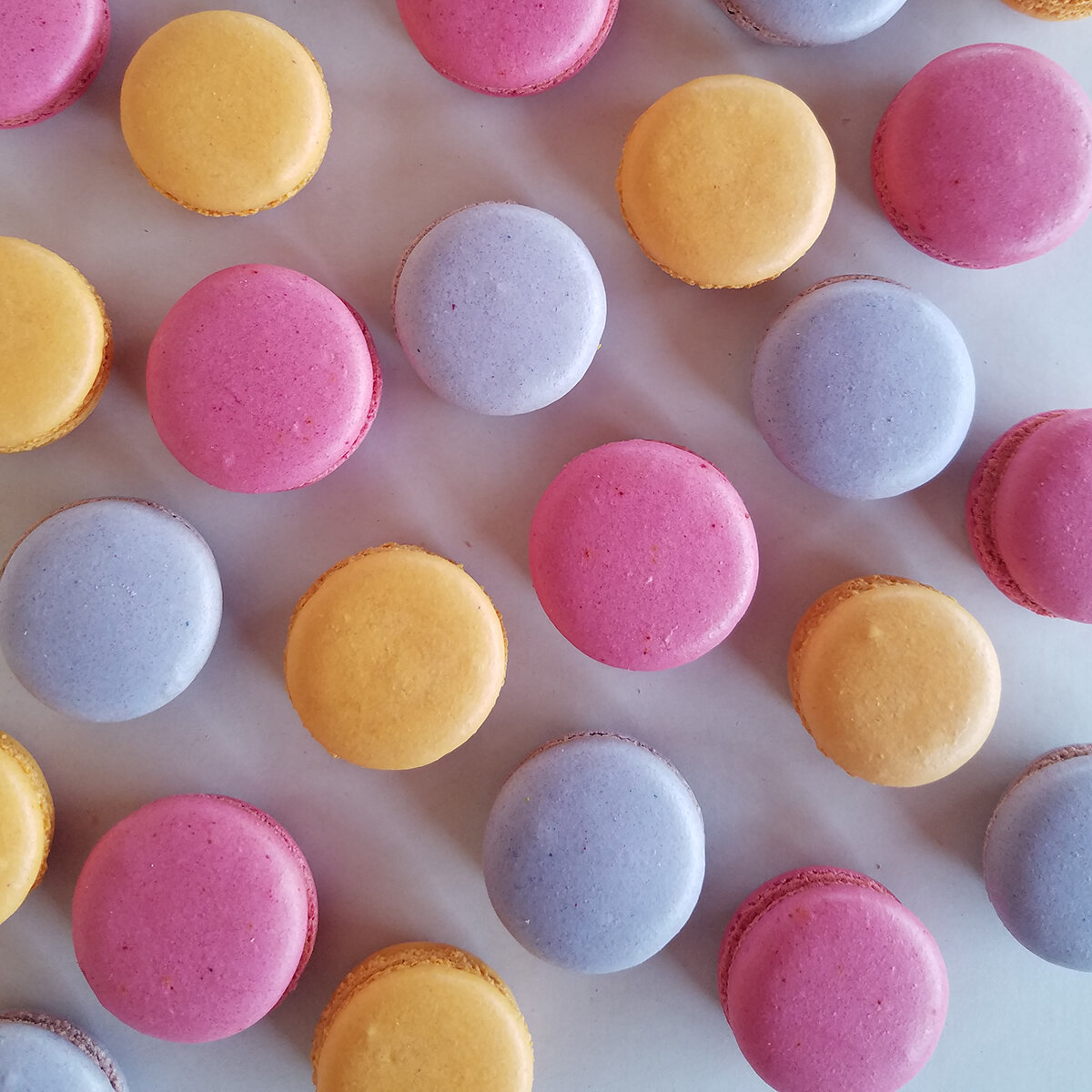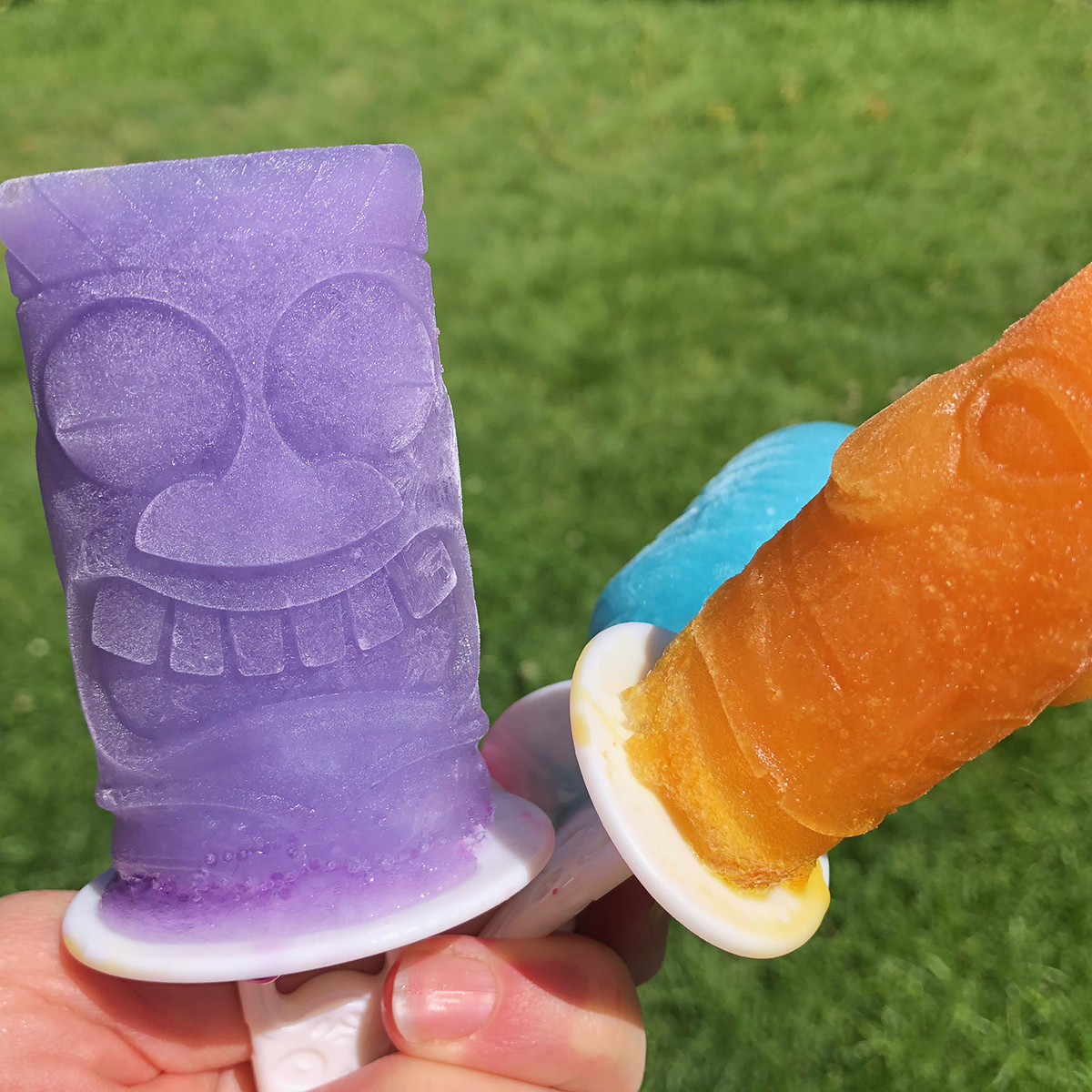CK: What is your typical bake temp and time?
OLIVIA: Typically, I preheat my oven to 320 °F. I bake for 7 minutes, rotate the pan and then bake another 7 minutes. I always bake on a Nordic Ware sheet pan lined with a Silpat.
CK: Did the colors perform differently or did you make any modifications based on the color?
OLIVIA: The powders work wonderfully for the macaron shells. I prefer them over gel. I feel like I get better consistency and texture with my shells. When using gel colors, I typically add the color while I am whipping the eggs. However, I change it up a little bit when using the ColorKitchen’s powdered colors. Once I get my egg whites and sugar to a stiff meringue, I fold in a 1/3 of my almond flour mixture to the meringue. I add the powdered colors when I fold in the remaining flour mixture. I find this order of ingredients VERY important when using any colors that have turmeric in them.
I could not get a successful batch using the green. I had a mildly successful batch with the yellow, but I only used a small amount to make a pretty pastel yellow. The green deflated my meringue almost instantly and the few batches that it did not, the batter flattened and bubbled (like when adding vinegar and baking soda together) once resting on the pan. I usually let my macarons rest for 5-15 minutes before baking. I tried both methods--rest or no rest--with similar results. They came out looking really weird, but still tasted amazing, so my family ate them. I only use the French Method, so I don't know if a more stable meringue that you get with the Italian Method could be more successful.
And, on a side note: Usually a dark blue macaron shell means stained teeth, but I love, love, love that I can add as much blue powder as I want and there is zero evidence that I was eating a blue macaron. I often avoid using darker colors because it annoys me to have my whole mouth turn that dark color from the gel food coloring. I would die and go to heaven if y'all came up with a black powdered color!
CK: How did you find your passion for baking?
OLIVIA: Growing up, my mom was always in the kitchen cooking or baking something. She is originally from the South and has that true Southern Hospitality spark in her. She passed that down to me. We were always baking muffins or cookies for others, and I loved to see their faces light up with joy when receiving fresh baked treats. As I got older, I started to take on more challenging tasks beyond taste tester, and found I loved the experience of trying a new recipe or new flavors. I loved taking all the separate ingredients and creating something new.
CK: What are some of your favorite foods to bake?
OLIVIA: PIE. Especially Buttermilk Pie. It's a family recipe that always reminds me of Thanksgiving. Any cookie recipe that you only need one hand to make is gold in this house. I can hold a baby with one arm and use the other to add my ingredients to the mixer and use a cookie scoop to scoop and drop cookies onto the sheet pan. French Macarons are by far my favorite, but more time consuming and I can't hold a baby while making them. I enjoy the technical challenge of macaronage. I do love to bake cakes, but mostly so I can decorate them! Outside of desserts, I really like to bake beer bread because it makes the house smell amazing. And, cinnamon rolls which aren't technically a dessert since they are for breakfast.
CK: Do you have a favorite baking memory?
OLIVIA: I don't have any specific memories, but the smell of something sweet baking in the oven--whether it's muffins, cookies, cake, cupcakes, or cornbread--makes me happy. It brings back that nostalgic feeling of being a kid. I do remember the one time I made cookies all by myself for the first time. I misread the recipe card and instead of 1 cup of sugar and 1 tsp of salt, I added 1 cup salt and 1 tsp of sugar. I thought the dough was awful. I put them in the oven anyways, thinking maybe the baking process would improve them. It did not.
CK: What's your favorite ColorKitchen product?
OLIVIA: The powdered colors all the way! The pink and blue colors are my favorite. I love that they came with the Color Mixing Guide because now I want to experiment with buttercream for my next palette knife decorated cake.
CK: What inspires creativity in the kitchen
OLIVIA: I get a great deal of inspiration from the art community. I love abstract art and oil paintings. Buttercream is a perfect medium to take that inspiration and put it on a cake. Living in the Pacific Northwest almost all my life means that nature continuously inspires my color palettes. Sometimes, my boys' art projects inspire me as well. I also find creativity in working with what I have rather than always having the exact ingredients or materials. When I was in the Army, my barracks did not have an oven, so I had a hot plate that I hid in my closet. I "baked" rice krispie treats all the time. I fed my creativity by making them with every kind of cereal (and candy) I could imagine. My mom even sent me some homemade sugar cookies and a tub of frosting while I was deployed, just so that I could decorate cookies!
CK: How important are healthier ingredients when baking?
OLIVIA: As I started to bake at a higher level and develop Flour + Sugar, using quality, healthy ingredients became more and more important. I find quality ingredients lead to better tasting and better looking desserts. Finding healthy alternatives is taking priority now that I have kids, but also as I tend to get more requests for it. I regularly have people asking what kind of food coloring I use, and they are thrilled when they have the option for ColorKitchen’s all natural dyes.
-Flour + Sugar














